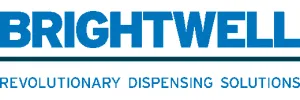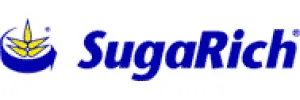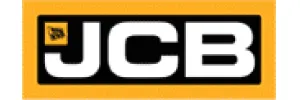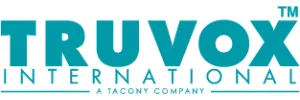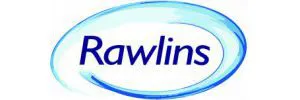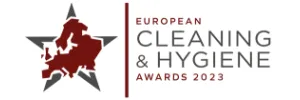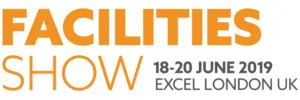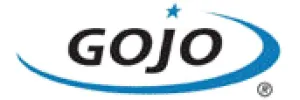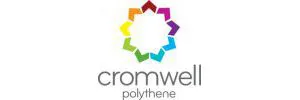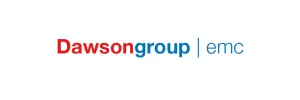News & Insights
Read the latest news from us and our clients across the globe

Posted on 9 November 2015 by adtrak.admin
Hard facts of flooring
Much floor cleaning is not cost-effective, and either fails to remove microbes or degrades the surface shine, says James White, managing director of Denis Rawlins Ltd, who advocates hygienic cleaning that’s gentler on floors and budgets.
Beneath the high shine of a well-presented floor lies a hard fact and all too often, a harsh reality.

The hard fact is that, like the building itself, the floor is an asset with a serviceable life that needs to be maximised.
The harsh reality is that much floor cleaning and maintenance is not cost-effective – causing premature wear or failure, wasting money, risking health and safety, or in some cases, failing on all three fronts.
At Denis Rawlins Ltd we have been advising and supplying building managers and their service contractors for 40 years. The cornerstone of our approach is a facility audit. As well as a floor inspection, this includes a review of existing floor cleaning processes and machinery.
We advocate a science-based approach to cleaning. So we measure the cleanliness achieved and factor the capital and running costs of equipment into our recommendations.
There are two common but contrasting scenarios we come across. The first is the low-tech and apparently ‘low-cost’ traditional approach. It may sound like an exaggeration, but the best estimates suggest up to 70% of floors are still hand-mopped.
That statistic is startling. Common sense tells us that mopping cannot clean floors properly – a perception shared by the public. Operatives struggle to remove ingrained dirt and inevitably spread soiled solution on cleaned areas.
It is also laborious work. Mechanised cleaning methods will be two or three times more efficient. With labour costs accounting for around three quarters of a typical cleaning budget, it is folly not to exploit cleaning equipment that can boost productivity and potentially save money.
As well as being inefficient, mopping creates a hazard. First, there’s the slip risk on a wet-mopped floor. But there’s a hidden hazard too from failing to remove soils including bacteria and then spreading them.
This can be critical for human health in kitchens and food service areas, but also toilets and washrooms where hygienic cleaning combats the spread of infection and cross-contamination with other parts of a building.
Hence our campaign to ‘Chop the Mop’ in favour of hygienic cleaning. Automating aspects of the cleaning process is the obvious solution, but the choice of equipment is far from automatic. In fact, over-engineering is another increasingly common scenario we encounter.
While one person using an efficient piece of cleaning kit may be able to do the work of two or three, the payback period will depend not only on the capital outlay, but also on running costs. These can be a significant part of the equation, especially where a sophisticated machine is prone to breakdowns and repairs are expensive.
This can be true of scrubber dryers, which are productive and versatile, being able to wash a variety of floors. They are also effective because – unlike mopping – they remove the soil, and leave the surface dry in one pass. But the pads, and sometimes the brushes, of scrubber dryers tend also to remove a minute amount of the floor surface along with the dirt. Over time, this will degrade the protective layer of a vinyl or wood floor. The abraded and sometimes porous surface becomes more susceptible to marking, harder to clean, and loses its shine. It’s a problem that is exacerbated when operatives use inappropriately abrasive pads or brushes, or apply excessive force.
To avoid these pitfalls we searched for a middle course to hygienic cleaning. The answer proved surprisingly straightforward and economical. It involves spreading a controlled amount of fresh cleaning solution on the floor, brushing the surface if required to remove stubborn soil, and then crucially, vacuuming the soiled solution into a separate recovery tank to leave the cleaned surface dry.
The OmniFlex AutoVac, developed by US manufacturer Kaivac, is as fast and effective as a scrubber dryer without the complexity.
During independent tests, the OmniFlex unit matched a scrubber dryer by removing 99% of bacteria from a vinyl floor. The 51% achieved by microfibre mopping dropped to 24% as cleaned areas were re-contaminated.
The financials are also compelling. The AutoVac purchase price is about a fifth of an equivalent-size scrubber dryer. With few moving parts, it also much easier to maintain.
So there’s the reassurance that this cleaning system, while delivering efficient, hygienic cleaning, is gentler on cleaning budgets as well as on floors.
Published in Contract Flooring Journal – November 2015
Experts in Public Relations Services & Communications Management
Our ServicesGenuine industry specialists in cleaning and hygiene, environmental and recycling, and facilities management
Our Sectors
